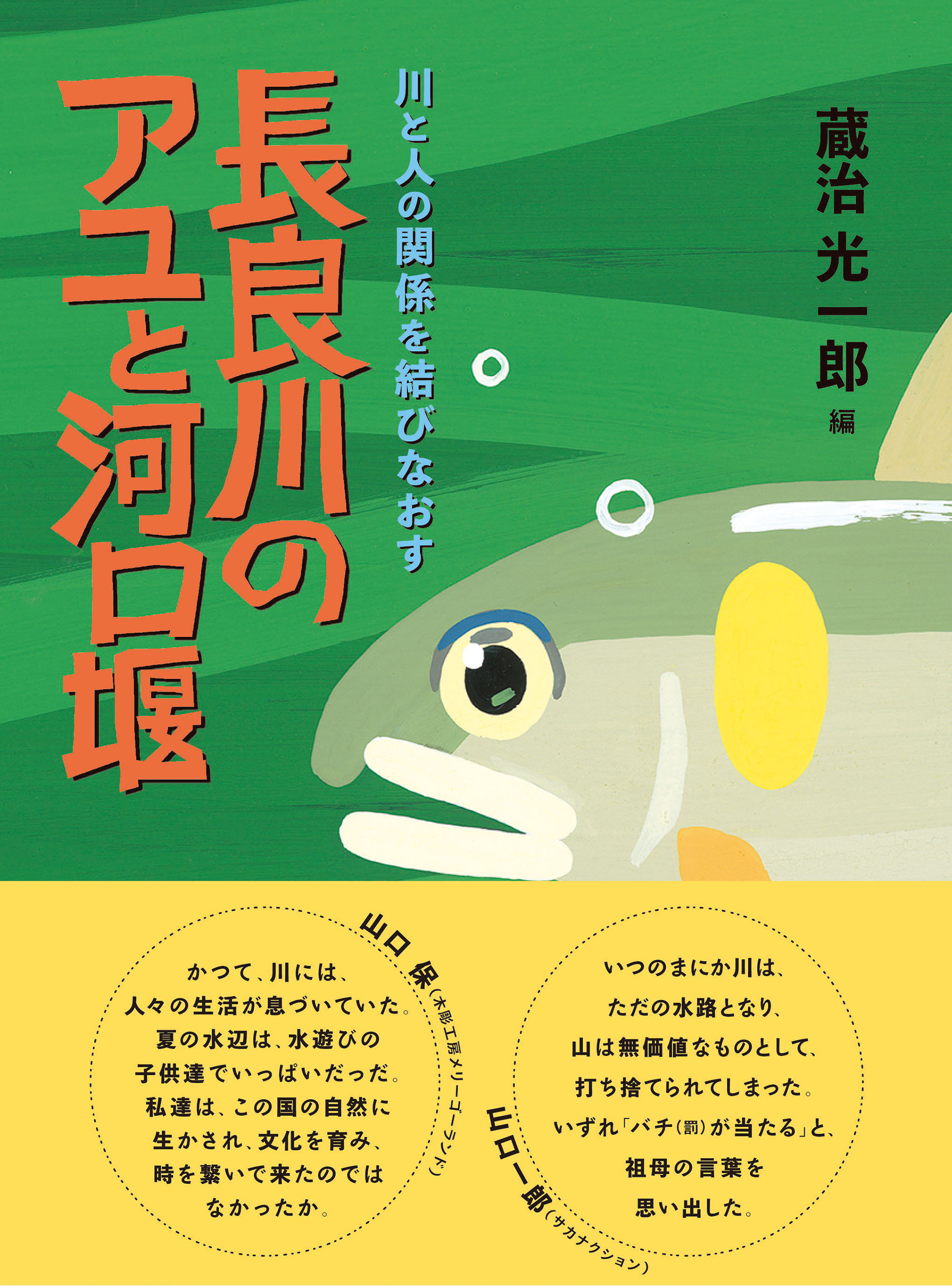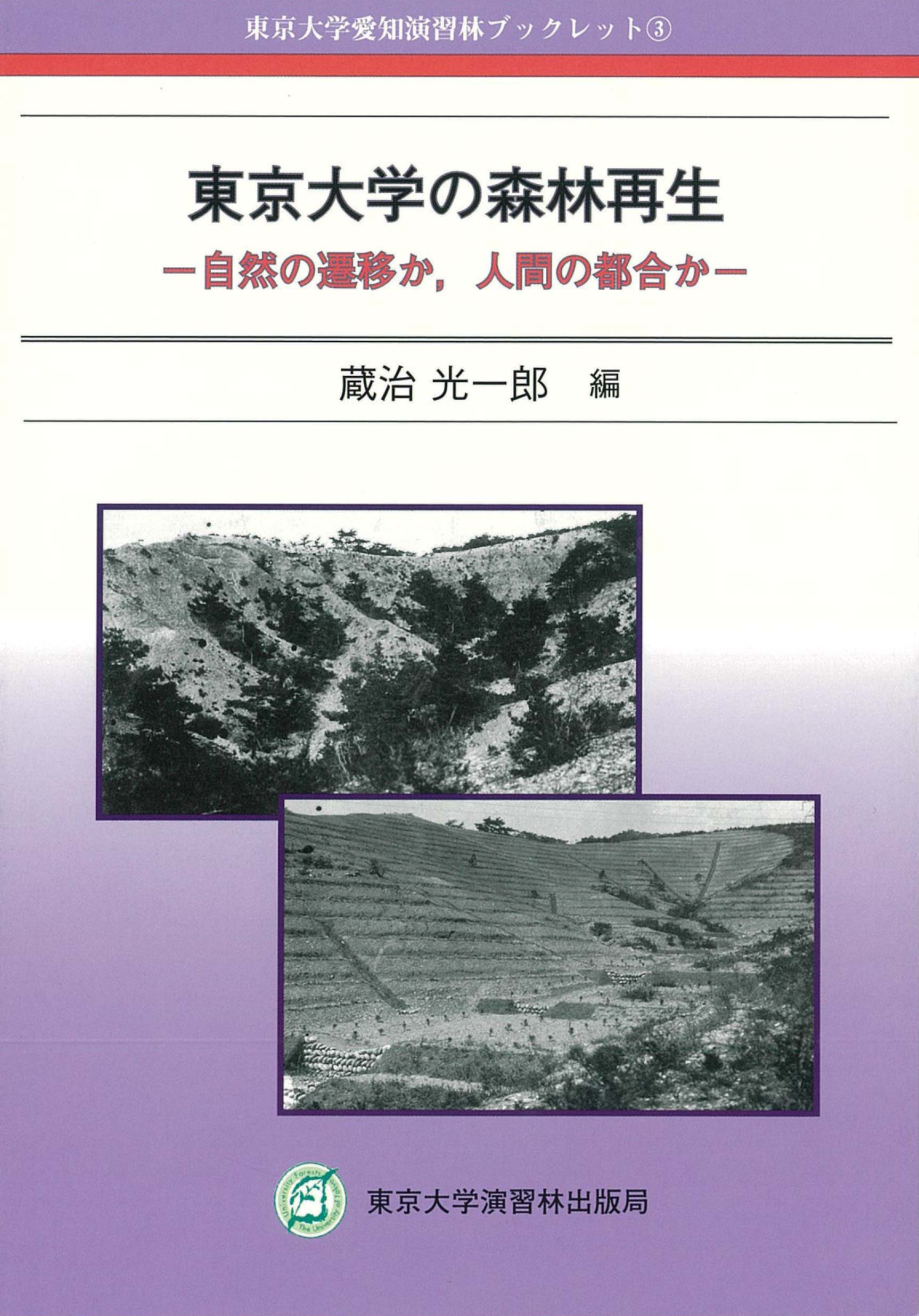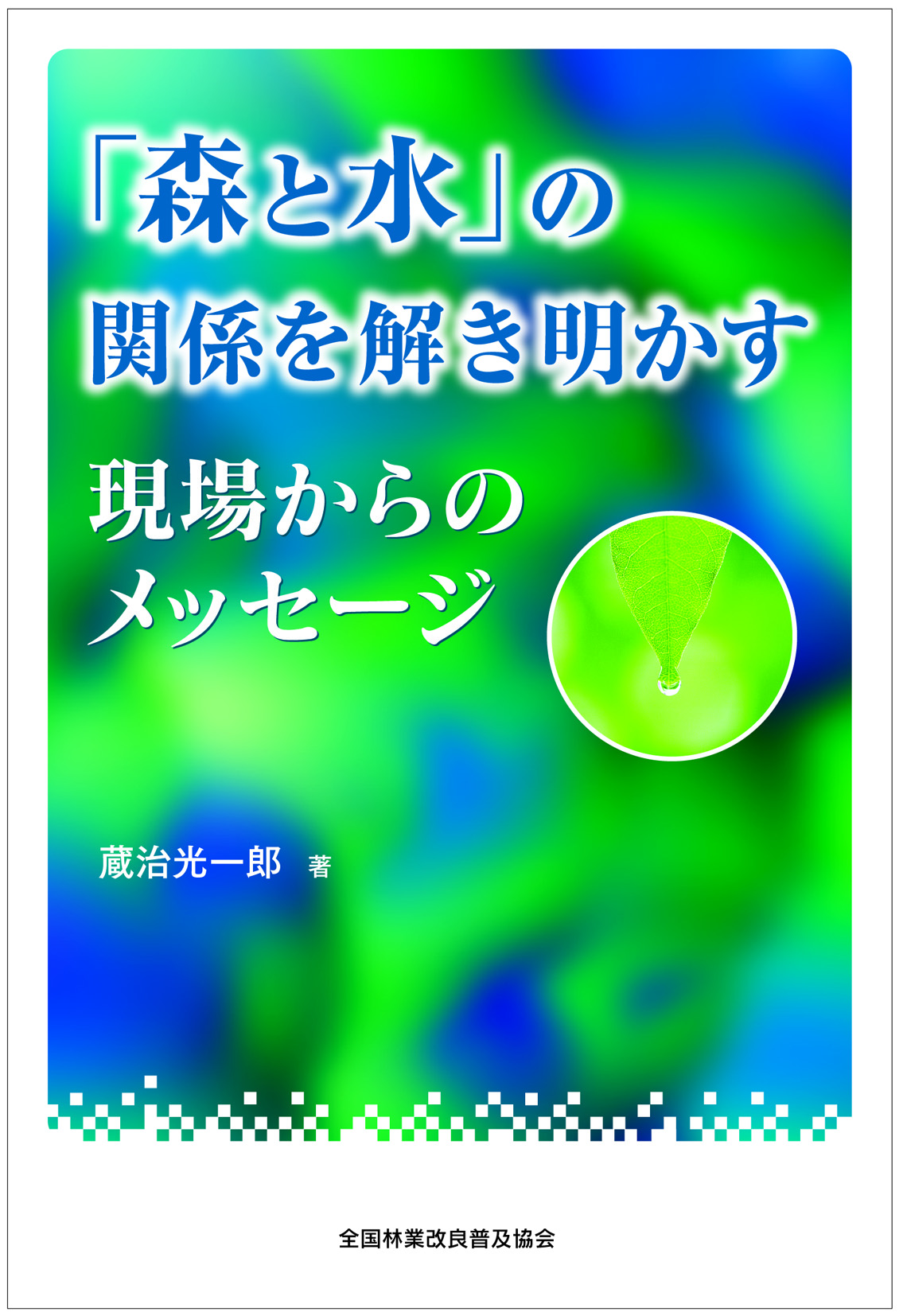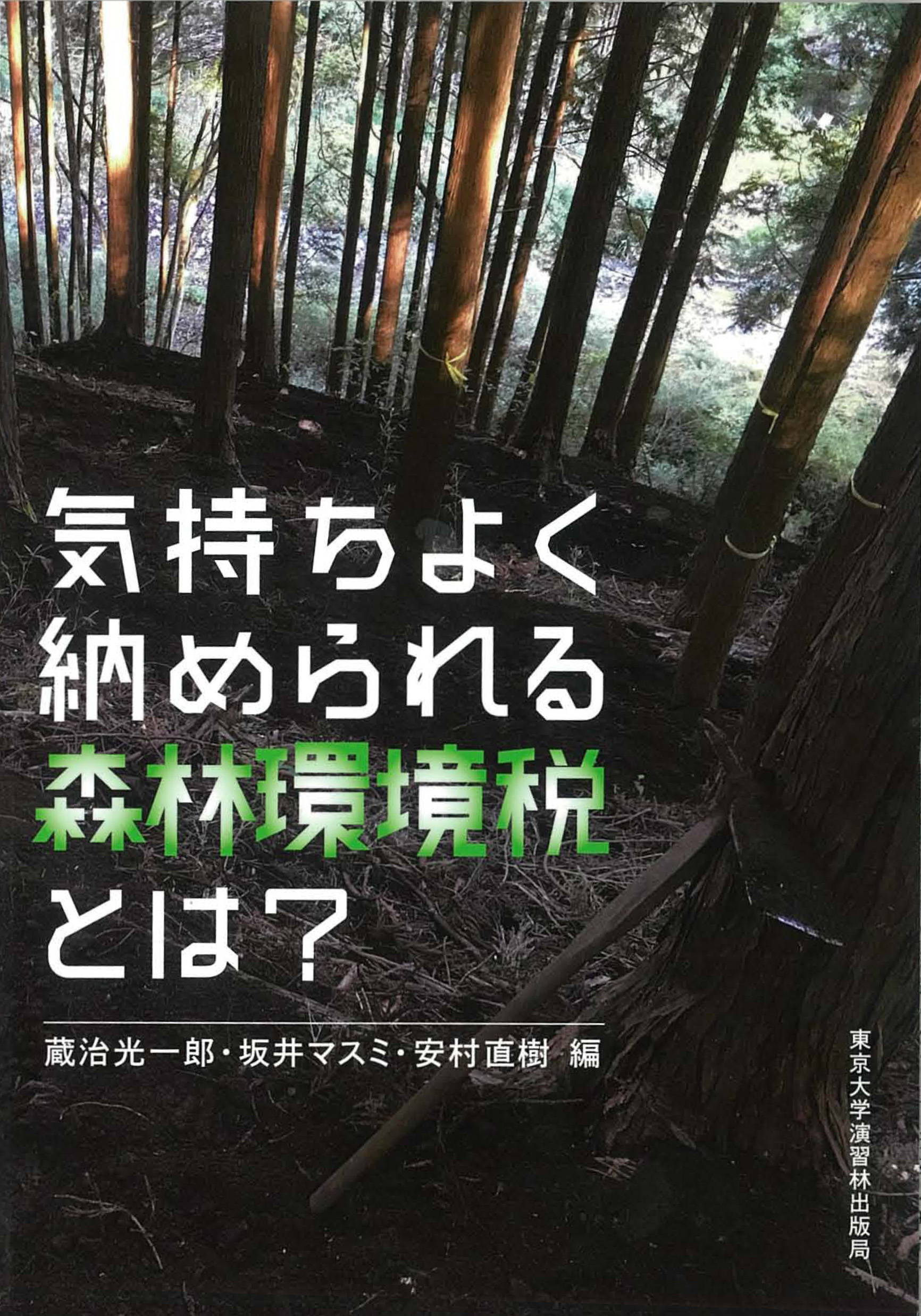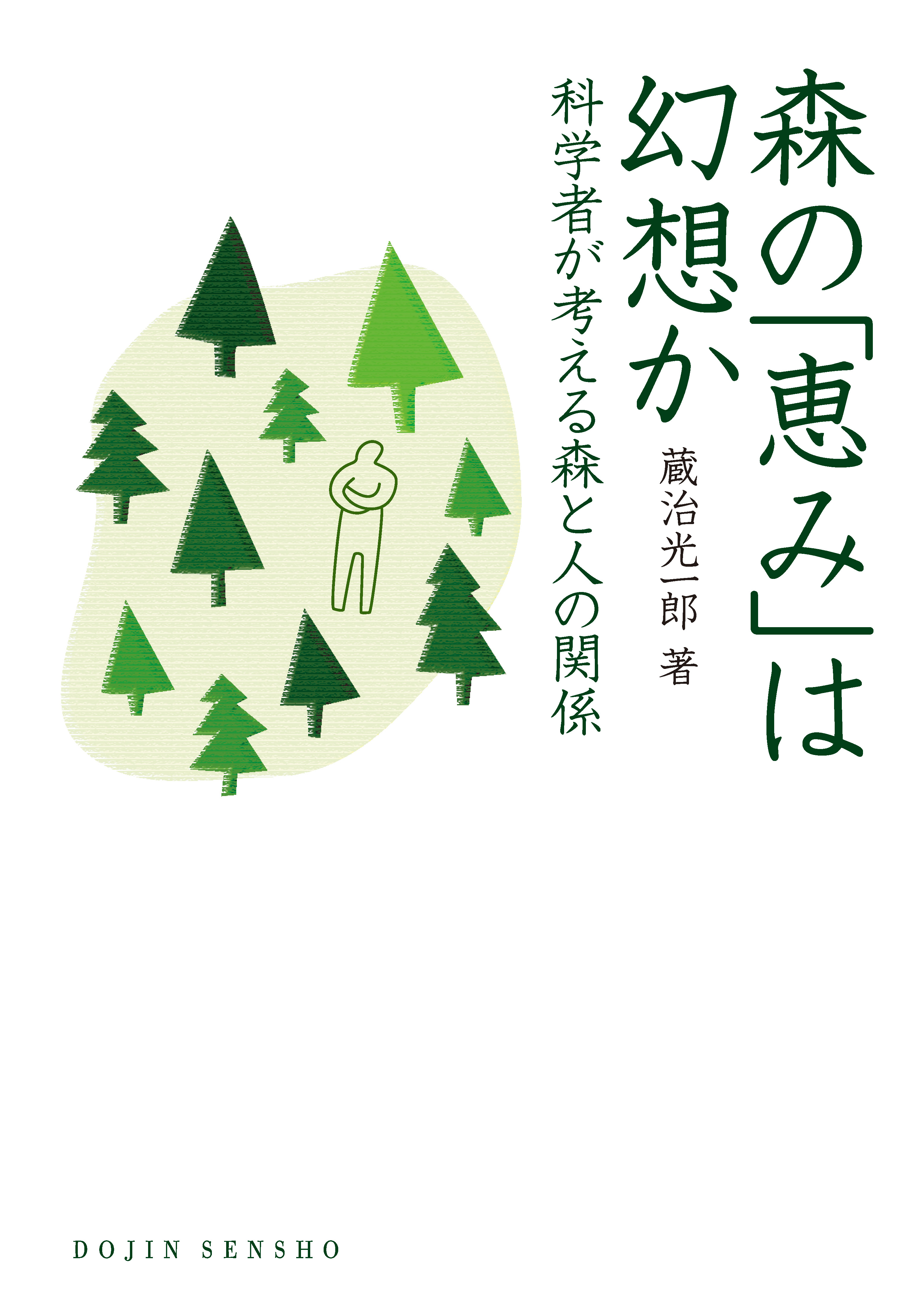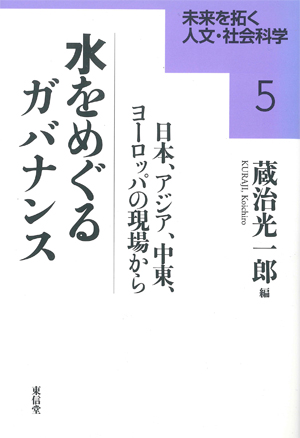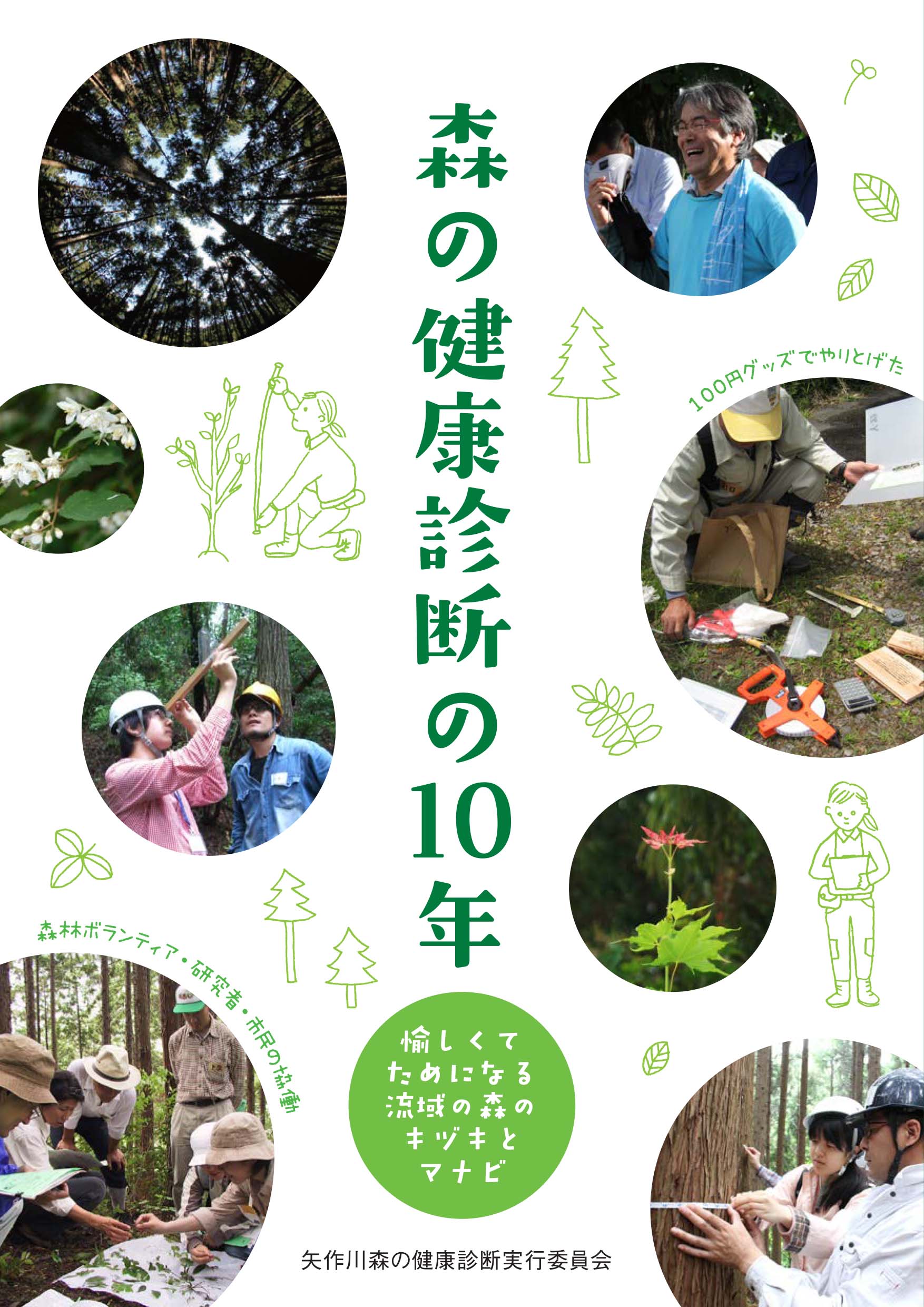
Title
Mori no kenkō shindan no 10 nen (10 Years of Forest Health Checks - A Fun Learning Experience in a River Basin Forests)
Size
240 pages, A5 format
Language
Japanese
Released
March 15, 2016
ISBN
978-4-903321-22-6
Published by
The University of Tokyo Forests Press
Book Info
See Book Availability at Library
Japanese Page
Forests cover two-thirds of Japan’s land area, and 40 percent comprise trees planted by humans for lumber, mostly in the period of Japan’s rapid economic growth from 1955 to around 1970. These trees ranged in age from 45 to 60 years as of 2015, but with the opening of Japan to lumber imports, the strong yen, declining demand for lumber, and a lack of and aging of forestry workers, the manmade forests are no longer profitable. Owners have lost their motivation to manage their forestland and the result is a plethora of wooded land with tall, spindly trees resembling bean sprouts. Though Japan’s mountains appear to be cloaked in green, inside their forests it is too dark for undergrowth and water retention is poor as rain easily washes away the topsoil. Only forestry specialists are aware of how weak and close to collapse these forests are, and no one—neither the specialists nor government authorities—know exactly how many forests throughout the country are like this.
In 2005, five years after the torrential rains of 2000 that caused heavy damage to the mountains in the Tōkai region of Aichi, Gifu and Nagano prefectures, a project was launched by a group of volunteers and researchers to carry out a health check of the forests in the Yahagi River Basin which flows through the three prefectures. Groups of peoples led by veteran volunteers surveyed the area using scientific but simple methods to measure forest density, catalog vegetation, and examine soil conditions. Researchers then analyzed their findings, sharing the outcomes and using them to formulate recommendations. The early days of the project—as well its significance and possibilities—are reiterated in an earlier work published by Tsukiji Shokan in 2006 titled, Mori no kenkō shindan:100 en guzzu de hajimeru shimin to kenkyūsha no yukai na shinrin chōsa (Forest Health Check: The Merry Band of Volunteers and Researchers and Their 100-Yen Forest Survey Tools).
The latest publication covers the annual surveys made over the ten-year period from 2005 to 2014 of the forests in the Yahagi River Basin. Over this decade an aggregate of 2,342 people surveyed a total of 610 sites. The movement has spread since then and the book also introduces forest health checks being conducted elsewhere as well as lectures on the subject that have been given nationwide. Packed into this book are the diverse events of the decade covered and suggestions for the future development of the project.
For those who participated in the Yahagi River Basin forest health checks, this book offers a summary of what was achieved. For those who are interested in starting up similar projects in their own locality, we hope this book will help to point the way. And for those who have no interest in the subject, we fervently hope that this book will pique your interest in Japan’s manmade forests.
(Written by KURAJI Koichiro, Professor, Graduate School of Agricultural and Life Sciences / 2019)



 Find a book
Find a book


